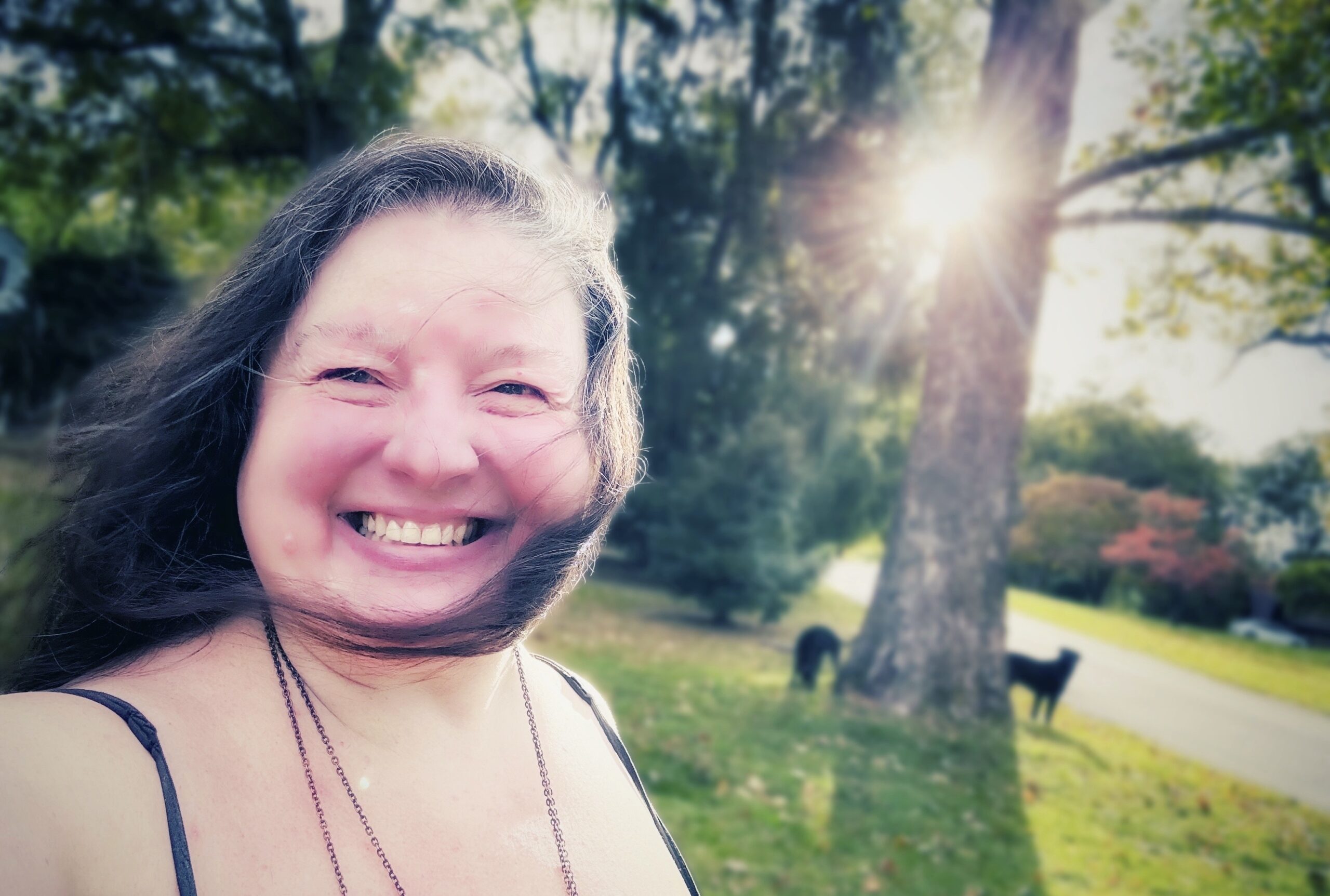Quick Summary of the Audio (below): Meghan Williams discusses her realization and understanding of being a historically high-masking neurodivergent individual, specifically on the autistic spectrum. She recalls a friend’s suggestion and subsequent research that led to a paradigm shift in her self-understanding. Williams explains that neurodivergent individuals often group together due to shared brain functions and describes the spectrum as a range of colors rather than a binary state. She highlights her sensitivity to sensory inputs, which affects her physically but contributes to her intuitive nature. She emphasizes her learned strength in interpersonal communications and the importance of honest, authentic dialogue.
Note: The explanation below marks my understanding at a point in time (recorded November 2024). Undoubtedly, I will continue to grow and refine my understanding, but hopefully this helps clarify how I use the terms.
Overview
For those who prefer to skim than listen (although be aware you can increase the listening speed by clicking the 3 dots in the circle on the right side of the player), the overview below gives you the highlights.
Being a historically high-masking neurodivergent individual means navigating life while camouflaging traits that set me apart from neurotypical norms. My realization began two years ago (at the time the audio above was recorded) when a friend mentioned she was certain I was on the autistic spectrum—a comment that sparked deep research and a paradigm shift. Suddenly, decades of frustration made sense; I had been operating on a different “operating system” all along.
Unintentional masking allowed me to adapt and blend in, but it came at a cost—exhaustion and periods of burnout, particularly during stressful times. My sensitivity, which often manifests in sensory overwhelm, is also the source of my intuition and empathy, making me deeply attuned to others’ emotions. Growing up in the 1970s and 80s, when understanding of neurodivergence was minimal, I learned to mimic neurotypical behavior to avoid punishment and fit in. This experience honed my observation skills, enabling me to become adept at interpreting subtle interpersonal cues.
Now, I embrace my authentic self, recognizing that constant masking isn’t sustainable and no longer a part of how I choose to navigate life. I value open, honest communication rooted in genuine intentions, fostering trust and deeper connections. Sharing knowledge, or “info-dumping,” is a natural expression of my enthusiasm, reflecting how I approach relationships and community. For me, being historically high-masking means understanding the energy I once expended to appear neurotypical and appreciating the journey to now honor my true nature.

